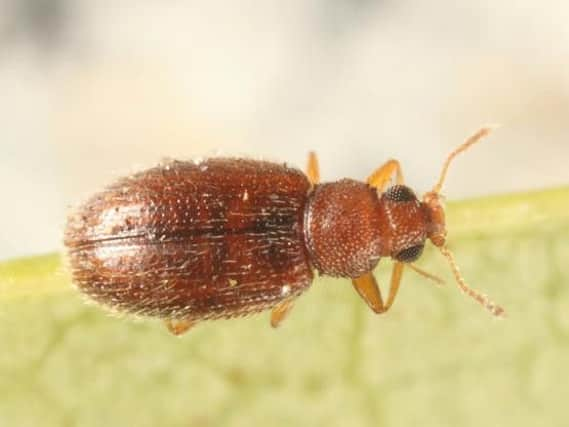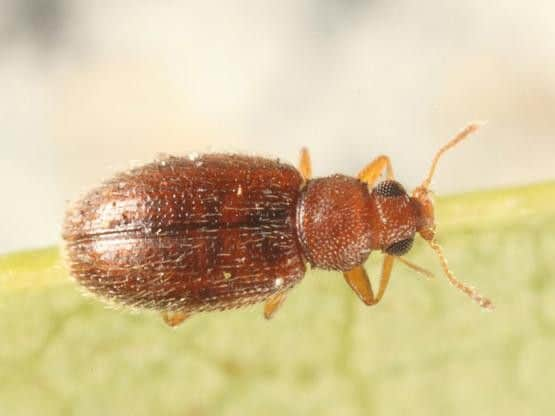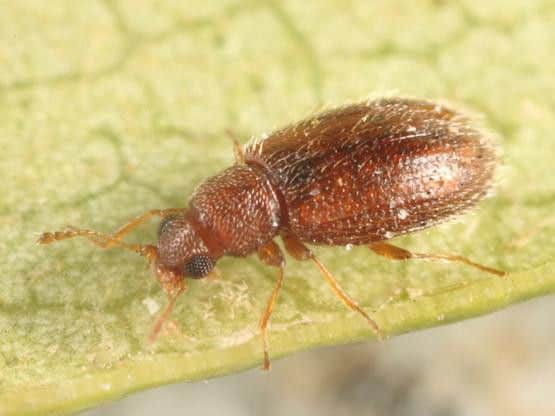Plaster beetle infestations: what they are and how to get rid of them


Plaster beetles have been a household pest for hundreds of years, and can be a challenge to get rid of.
Their name comes from the fact that they were commonly found living in the plasterwork of poorly-made buildings in the 1930s and 1940s.


Advertisement
Hide AdAdvertisement
Hide AdBut, as Dee Ward-Thompson, Technical Manager of the British Pest Control Association, explained, "they thrive in damp conditions generally, not just in plaster. They feed on mould and fungi.
"They are not harmful to humans in any way," she said, "but people are not going to want them in their homes".
The creepy crawlies can live for up to 18 days once they hatch from their eggs, and can grow up to 3mm long.
While not as common as they were in the 20th century, plaster beetles can still sometimes be found in houses where building or decorating work has not been properly dried out.


Advertisement
Hide AdAdvertisement
Hide AdA professional pest controller can kill an infestation by rapidly heating the house, but that does not guarantee that they will not return.
Managing the dampness of a house is important for keeping them at bay.
“Dehumidifiers are one of the best solutions," said Ward-Thompson, "and a professional pest controller can decide if a pesticide is needed too.”